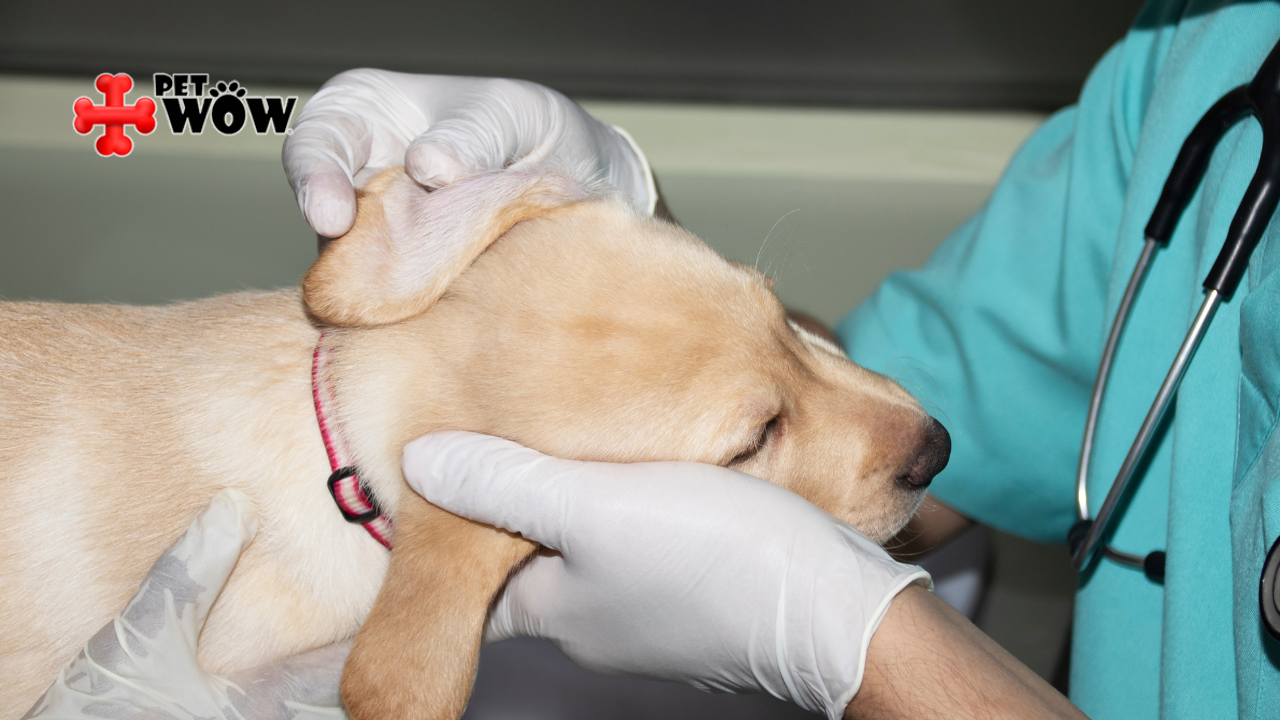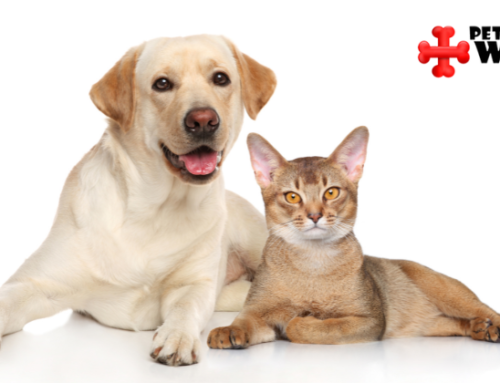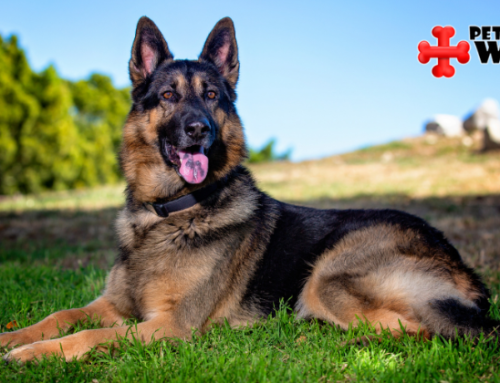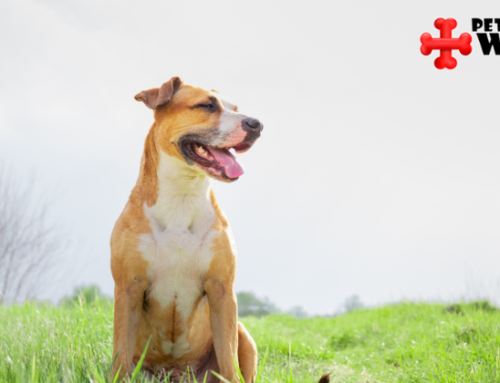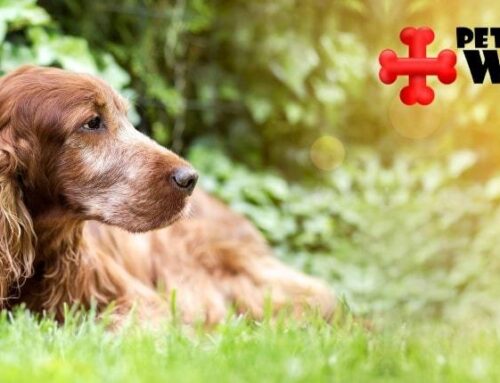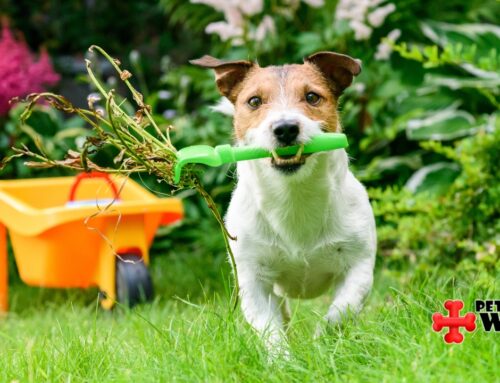Canine parvovirus (CPV) poses a significant threat to dogs worldwide, leading to severe and potentially fatal infections. As pet owners, it is important to understand the dangers associated with this highly contagious virus and take proactive measures to protect our pets. In this article, we will look into the world of canine parvovirus, discussing its transmission, symptoms, potential complications, and most importantly, the essential steps pet owners can take to safeguard their dogs.
What is Canine Parvovirus?
Canine parvovirus, commonly referred to as CPV, is a highly contagious virus that primarily affects dogs, particularly puppies and unvaccinated dogs. It belongs to the Parvoviridae family and is known for its resistance to environmental factors, making it capable of surviving in the environment for extended periods. The virus spreads through direct contact with infected dogs, as well as indirect contact with contaminated objects such as food bowls, water dishes, or shared kennels.
CPV poses a particular threat to dogs due to its ability to rapidly replicate within the intestines, leading to severe gastrointestinal issues. The virus attacks the rapidly dividing cells of the intestinal lining, deteriorating the gut’s ability to absorb nutrients and regulate fluid balance.
Signs and Symptoms
Identifying this infection in its early stages is associated with improved treatment outcomes. The initial symptoms of CPV often include lethargy, loss of appetite, vomiting, and diarrhea. The diarrhea is often profuse, foul-smelling, and may contain blood. In severe cases, dogs may exhibit dehydration, weakness, and collapse.
As the disease progresses, dogs become more vulnerable to secondary infections due to their weakened immune system. Secondary bacterial infections can further exacerbate the symptoms, leading to a life-threatening condition.
The Dangers of Canine Parvovirus
One of the primary dangers of CPV is the potential complications it can cause in infected dogs. Severe dehydration is a common complication, which can quickly
escalate and become life-threatening. As the intestines lose their ability to absorb fluids, dogs can rapidly become dehydrated, leading to electrolyte imbalances and shock. Another critical concern with CPV is its impact on the immune system. The virus targets and destroys white blood cells, which are essential for fighting off infections. This weakened immune response leaves dogs susceptible to secondary bacterial infections, further complicating their recovery.
High-risk Groups
While all dogs are susceptible to CPV, certain groups are at a higher risk of severe outcomes. Puppies, especially those between six weeks and six months of age, are the most vulnerable due to their underdeveloped immune systems. Unvaccinated dogs or those with an incomplete vaccination schedule are also at higher risk, as they lack the necessary immunity to fight off the virus.
Additionally, dogs living in crowded or unsanitary conditions, such as shelters or breeding facilities, face an increased risk of exposure to the virus. It is crucial to ensure proper hygiene and vaccination protocols in such settings to prevent outbreaks.
Diagnosing and Treating Canine Parvovirus
Prompt and accurate diagnosis of CPV is essential for effective treatment and better chances of recovery. Veterinarians often diagnose CPV based on clinical signs, physical examination, and laboratory tests. Fecal tests can detect the presence of the virus in the dog’s stool, confirming the diagnosis.
Unfortunately, there is no specific antiviral treatment for CPV. Treatment primarily focuses on supportive care to manage symptoms and aid in the dog’s recovery. Intravenous fluids are administered to combat dehydration, maintain electrolyte balance, and support the dog’s weakened immune system. Medications to control vomiting and antibiotics to prevent or treat secondary bacterial infections may also be prescribed.
Preventive Measures
Prevention is the key to protecting dogs from the dangers of CPV. The most effective preventive measure is vaccination. Puppies should begin their vaccination series starting at six to eight weeks. Vaccinations will continue with a series of booster shots on a set schedule until they reach four months of age. Adult dogs maintain their immunity by maintaining a regular booster shots schedule.
Hygiene and sanitation are also critical in preventing CPV transmission. Cleaning and disinfecting food and water dishes, kennels, toys, and other shared items can help reduce the risk of contamination. Additionally, isolating infected dogs and limiting contact with other dogs until they have fully recovered is essential to prevent the spread of the virus.
The Role of Pet Owners in Protecting Their Dogs
As pet owners, we play a crucial role in protecting our dogs from the dangers of canine parvovirus. Seek immediate veterinary attention if your dog shows any concerning symptoms. Early intervention can significantly improve the chances of a positive outcome.
Protect Your Dog from Canine Parvovirus
Protect your furry friend from the dangers of canine parvovirus. PetWow has been your trusted pet care provider for over 50 years. Our experienced veterinarians offer timely vaccinations and compassionate care to keep your furry friend safe. Contact PetWow today to schedule an appointment and ensure your pet leads a healthy, happy life under our expert supervision. “Pet Care Made Easy!”
For more pet care tips, follow us on Facebook, Twitter, Instagram, Pinterest or LinkedIn!

